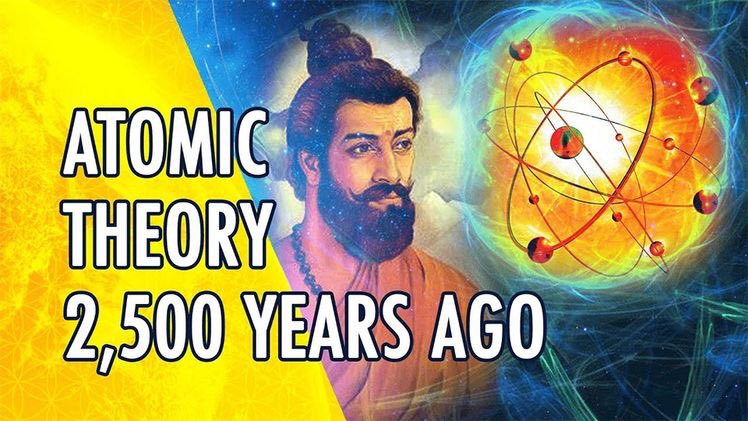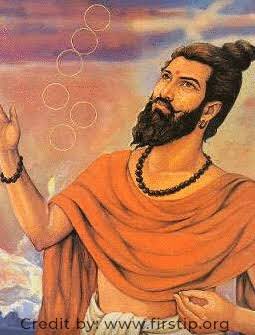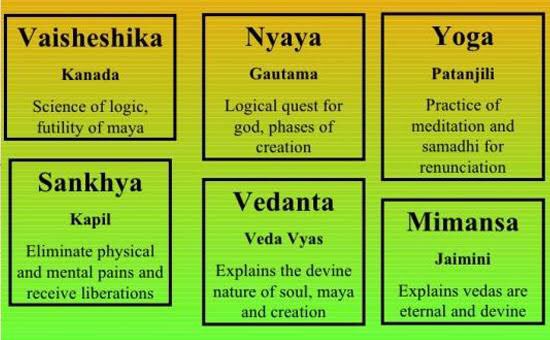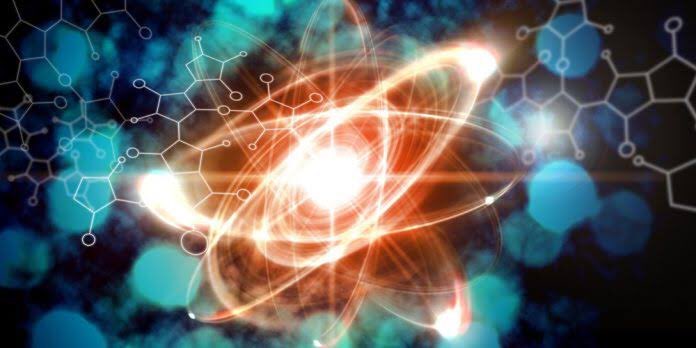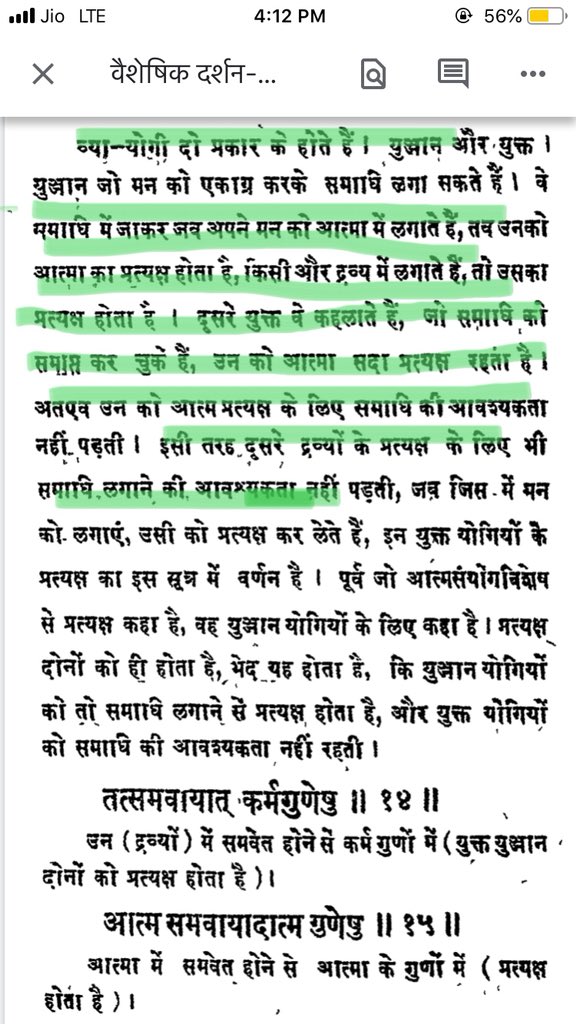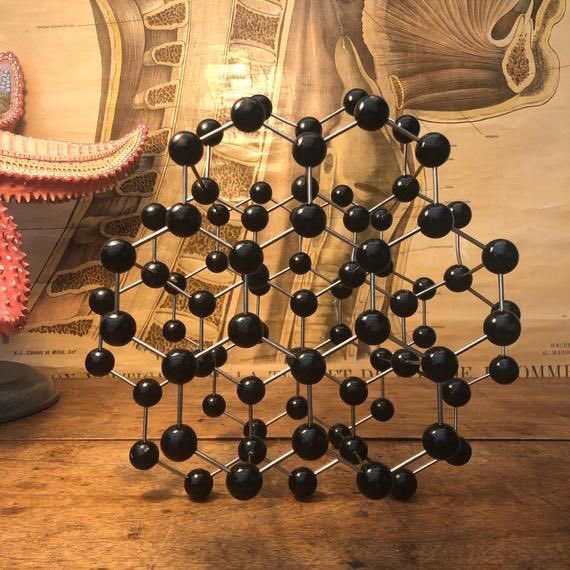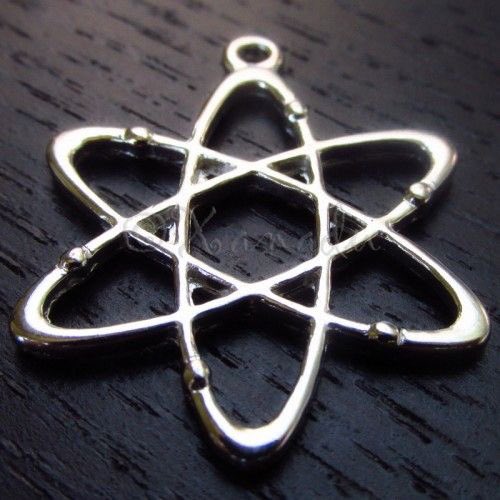#Thread on Hinduism and discovery of Atoms
Western world has deliberately preached that dalton in about 1800, discovered atom. Some will say that no,the idea of atom was given Democritus in 450 BCE. However, we Indians were able to gave a detailed account on atoms, much earlier.
Western world has deliberately preached that dalton in about 1800, discovered atom. Some will say that no,the idea of atom was given Democritus in 450 BCE. However, we Indians were able to gave a detailed account on atoms, much earlier.
Maharishi Kanad, who was also known by alternate names such as Kashyapa, Uluka, Kananda, and Kanabhuk supposed to be lived between 2nd to 6th centuries BCE however, his actual birth date is unclear.
Acharya Kanad founded the Vaisheshika school of philosophy, one out of 6 philosophical schools of hinduism, where he taught his ideas about the atom & the nature of the universe. He wrote a book on his research “Vaisheshik Darshan” & became known as “The Father of Atomic theory.”
The school founded by Kanada attempted to explain the creation and existence of the universe by proposing an atomistic theory, applying logic and realism.
Kanada suggested that everything can be subdivided, but this subdivision cannot go on forever,
Kanada suggested that everything can be subdivided, but this subdivision cannot go on forever,
and at some point we will get a particle which can’t be subdivided further. He named indivisible particle of matter as anu or parmanu, that we today know as atom. Kanad explained that this parmanu cannot be sensed through any human organ.
Now, a question must arise that how can maharishi kanada able to find, such small particles at that time. Well, we find the answers in his book itself
तथा द्रव्यान्तरेषु प्रत्यक्षम् | 9.1.12
“It’s said in this Sutra that as Yogis can see the actual Atma in Yogic
तथा द्रव्यान्तरेषु प्रत्यक्षम् | 9.1.12
“It’s said in this Sutra that as Yogis can see the actual Atma in Yogic
meditation by process of unification of Mind and soul. They can also see the Atoms (Sukshma Dravyas)”.
The difference is Yujjaana yogis can see them in Samadhi only and the Yukata do not need Samadhi.
in the next sutra-
The difference is Yujjaana yogis can see them in Samadhi only and the Yukata do not need Samadhi.
in the next sutra-
तत्समवायात् कर्मगुणेषु | 9.1.14
It is mentioned that not only they can see the Atoms but they can see the Guna-Karmas of those Dravyas.
So, the Vaisheshika seems to say that nothing is impossible with Yogic practice. Yukta yogis even can see the atoms without meditation
It is mentioned that not only they can see the Atoms but they can see the Guna-Karmas of those Dravyas.
So, the Vaisheshika seems to say that nothing is impossible with Yogic practice. Yukta yogis even can see the atoms without meditation
through their Yogic powers and atoms can be perceived through Yogipratyaksha and also directly with physical eyes.
Vaiseshikas further held that atoms of same substance combined with each other to produce dvyanuka (diatomic molecules) and tryanuka (triatomic molecules).
Vaiseshikas further held that atoms of same substance combined with each other to produce dvyanuka (diatomic molecules) and tryanuka (triatomic molecules).
Kanad also put forward the idea that atoms could be combined in various ways to produce chemical changes in presence of other factors such as heat.
He has also propounded six categories of padarthas, which are sufficient to describe everything in the universe. These include:
He has also propounded six categories of padarthas, which are sufficient to describe everything in the universe. These include:
1. Dravya (substance)
2. Guna (quality)
3. Karman (motion)
4. Samanya (universal)
5. Visesa (particular)
6. Samavaya (inherence).
Kanada’s conception of the atom was different from the ancient Greeks, because of the differences between the theories.
2. Guna (quality)
3. Karman (motion)
4. Samanya (universal)
5. Visesa (particular)
6. Samavaya (inherence).
Kanada’s conception of the atom was different from the ancient Greeks, because of the differences between the theories.
For example, Kanada suggested that atoms as building blocks differ both qualitatively and quantitatively, while Greeks suggested that atoms differed only quantitatively but not qualitatively.
Apart, from that Kanada gave his incredible knowledge in the discovery of gravity- https://twitter.com/hathyogi31/status/1238859501333172224">https://twitter.com/hathyogi3...
Apart, from that Kanada gave his incredible knowledge in the discovery of gravity- https://twitter.com/hathyogi31/status/1238859501333172224">https://twitter.com/hathyogi3...

 Read on Twitter
Read on Twitter